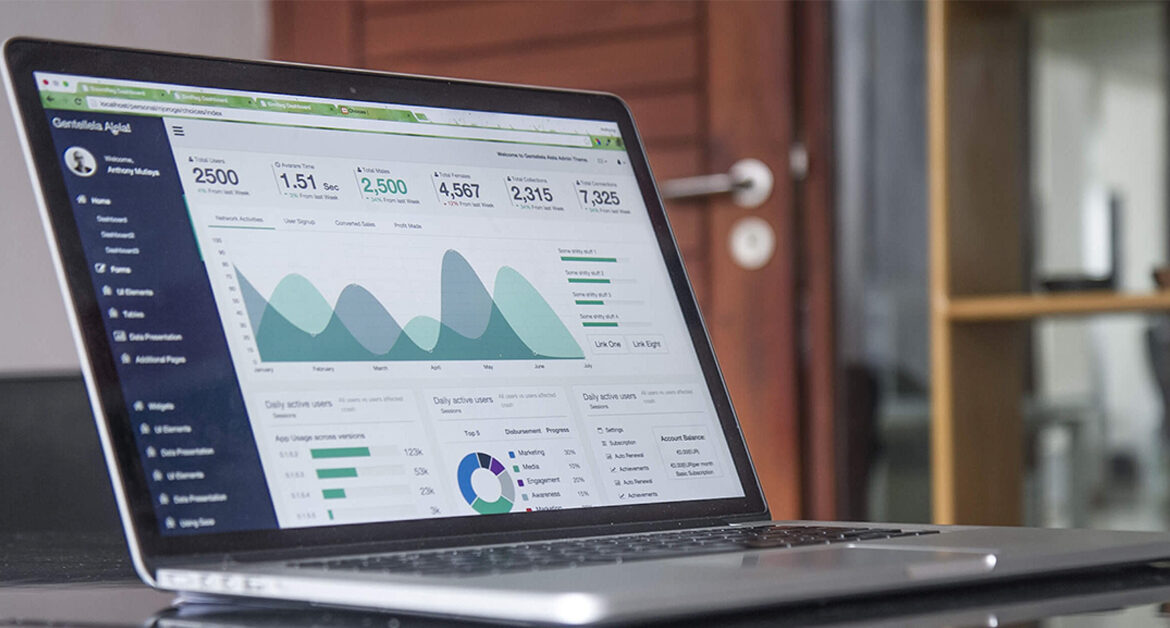Creating Compelling Business Intelligence (BI) Reports
Business Intelligence (BI) reports are the backbone of data-driven decision-making in today’s corporate landscape. They transform raw data into actionable insights, helping organizations thrive in an increasingly competitive world. But creating compelling BI reports is an art and science that requires careful planning, skill, and attention to detail. Let’s explore the key steps to create BI reports that captivate and inform your audience.
What is BI Reporting?
BI reporting is an essential component of a broader Business Intelligence system. It refers to the process of generating, presenting, and delivering data-driven information in a human-readable format. These reports are intended to support analytical understanding within an organization. The primary goal of BI reporting is to provide actionable insights and help business leaders, managers, and other stakeholders make informed decisions by visualizing and summarizing data. It helps organizations monitor performance, track trends, identify opportunities, and respond to challenges. Typically, it involves data collection, analysis, dashboard/visualization creation and distribution of that content.
Creating effective reporting:
Start by assessing your current reporting. To ensure that your BI reporting is effective and aligned with your goals, it’s essential to assess your current practices. What reports are currently being used within your organization? How are they working for you and what aspects do you want to improve? It’s also important to analyze the data sources feeding into your BI reports. Knowing where this information is coming from helps to determine if there is suitable storage, inconsistencies, or quality issues. Within the process, gaining feedback from your end-users can pinpoint priority areas to improve or focus on. Their insights are invaluable in understanding user satisfaction and identifying areas that need improvement. Consider conducting surveys or interviews to gather feedback.
Creating new or improving your BI report begins with defining clear objectives. What questions are you trying to answer? What problems are you trying to solve? By understanding your goals, you can create a report with a purpose and direction. Included in those objectives is knowing the audience you’re trying to reach. Your BI report’s effectiveness hinges on its relevance to the audience. Different stakeholders have varying needs and levels of expertise. Tailor your report to meet the expectations and knowledge of the people who will be using it.
Next step is selecting the right data, ensuring it’s accurate, relevant, and up to date. A clean and well-structured dataset is the foundation of any successful BI report. Avoid clutter and information overload. Simplify your report by focusing on key metrics and insights. If a piece of data doesn’t contribute to your objectives, consider leaving it out.
The last step is creating the dashboard or report itself. Visualizations are the heart of BI reports. Use charts, graphs, tables, and other visual elements to convey your data effectively. Choose the right visualization type for the type of data you’re presenting. Having interactive elements can help enhance engagement and the utility of your report. Try to maintain a consistent design throughout your report(s). Consistency helps your audience understand and navigate your report more efficiently.
The benefits of BI reporting are far-reaching and can positively impact various aspects of your business. Take a look at some key advantages that proper reporting can have in your business:
- Real-Time Insights: Many BI reporting tools offer real-time or near-real-time data, allowing organizations to respond rapidly to changing market conditions and customer needs
- Strategic Planning: BI reporting supports long-term strategic planning by providing a historical perspective and helping organizations predict future trends and outcomes.
- Improved Visibility: BI reports provide a comprehensive view of your organization’s data, allowing you to see trends, patterns, and correlations that may not be apparent through traditional reporting methods.
- Enhanced Productivity: Automated BI reporting processes save time and reduce the need for manual data compilation and analysis. This allows employees to focus on strategic tasks rather than mundane data tasks.
- Predictive Analytics: Some advanced BI reporting tools incorporate predictive analytics, allowing organizations to forecast future trends, demand, and outcomes.
Creating compelling BI reports is an art that blends creativity with precision. By thoroughly focusing on your message and goals, you can craft reports that not only inform but also inspire action. Remember, the ultimate goal of a BI report is to empower better decision-making. With a well-crafted report, you can unlock the full potential of your data and drive success in your organization.

